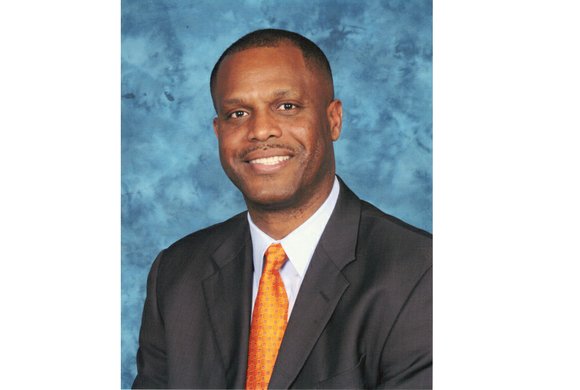Superintendent starting school year with optimism, plan
Jeremy M. Lazarus | 9/2/2016, 3:18 p.m.
If at first you don’t succeed, try again.
Superintendent Dana T. Bedden is taking that familiar saying to heart when it comes to academic improvement in Richmond Public Schools.
He’s transforming the approach he began more than two years ago in a bid to graduate more globally competitive students.
Ahead of the start of classes Tuesday, Sept. 6, he has introduced what he’s calling a plan for continuous improvement to begin “raising the bar and closing the gaps” in achievement.
The 50-page School Progress Plan, created by members of his cabinet in concert with the state Department of Education, calls for each principal to develop a comprehensive needs assessment for his or her school.
Each must identify the greatest need to be addressed to begin improving in reading, math and the school’s climate, which includes such items as attendance, suspensions and teacher, student and parent perceptions.
Regardless of how high or low each school’s achievement has been, principals will be required to create a plan and set measurable goals to show improvement in the areas of greatest need, based on observation and data.
As part of the program, Dr. Bedden has revamped oversight of schools. For the first time, elementary schools will be linked with the middle schools and high schools their students eventually will attend.
That way, he said, leadership teams at all levels can begin to work together to address issues.
Dr. Bedden said he became aware just after the second semester last year that academic achievement was going backward and launched the process to develop the new approach.
Based on the data, Richmond is a tale of two school systems, with 59 percent of its students able to pass state Standards of Learning tests in the core subjects — reading, writing, math, science and history.
That means 41 percent of students were not able to pass the SOLs, the largest percentage of failing students among the state’s 132 school districts when results on all five tests are averaged.
For Dr. Bedden and his executive team, that was a call to action to use a system that has long been a method private businesses have employed.
He and other district officials acknowledge plenty of other challenges remain, including dilapidated facilities, vacancies in the teaching staff, high levels of absenteeism among staff and students and limitations on funding.
Still, Dr. Bedden is starting the year with optimism, which he hopes to spread with a rebranding campaign that includes a new logo and an upgraded website “to share the story of Richmond Public Schools,” including “the lesser known stories of resilience, pride and success.”
That innovation wins applause from teacher Charlotte Hanley, president of the Richmond Education Association.
“Right now, I don’t think most people know what we do seven or eight hours a day,” she said.
To her, it’s important to better inform the public about the positive things going on in Richmond Public Schools.
“People always think there aren’t good things going on, but there are.”
Bonnie N. Davis contributed to this article.






